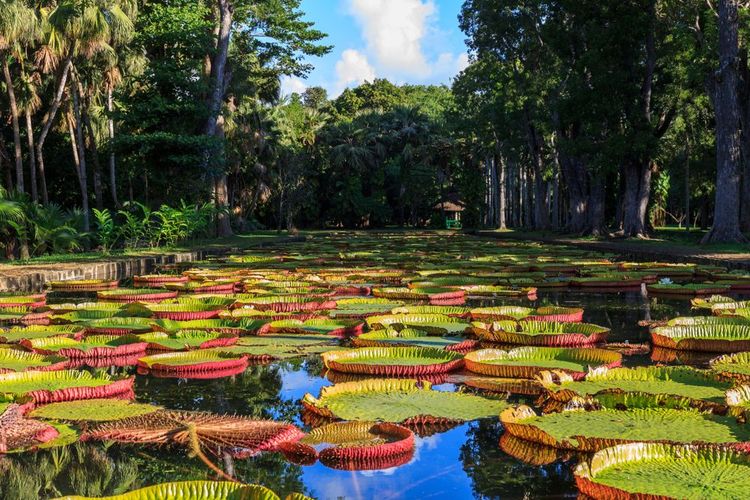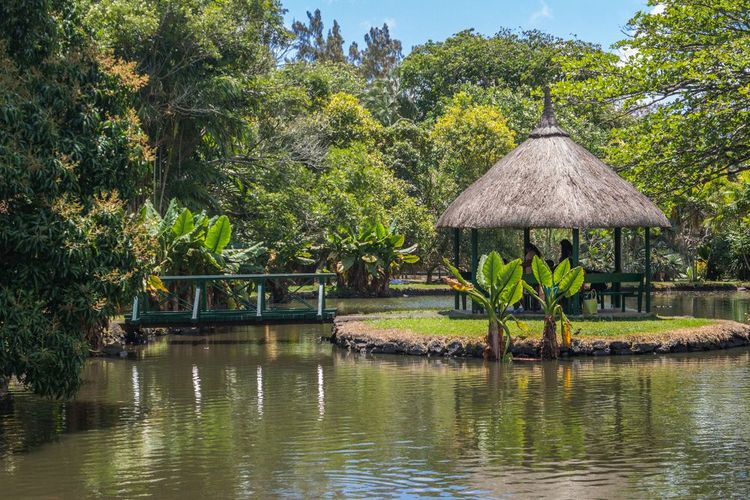👛 Entrance fee:
The ticket price for tourists is 200 rupees (€4.29). For children under 5, entry is free. The price of the ticket with guide varies depending on the number of participants: a group of less than five people - 100 rupees each (€ 2.15), and for children under 12, you do not have to pay. A group of more than 10 people, the ticket is 50 rupees each (€1.07).
👉 A few tips before your visit:
Don't go to the park between 12pm and 3pm - that's when it's hottest, so make sure you bring water, a hat and comfortable shoes. The park is large and you can walk a long way, and there's nowhere to eat in the botanical gardens. Therefore, eat in advance or take a snack with you.
🚌 How do I get to the botanical garden?
From Port Louis and the seaside resorts in the north, north-west and north-east of Mauritius, you can even get there by taxi as the distances are very small. Taxi drivers can wait a few hours while you walk through the park to take you back to your hotel, and it's very easy to get there by hire car. From Port Louis, take the M2 motorway to the Pamplemousses roundabout. There are three buses from Port Louis to the Botanical Gardens, no. 22, no. 227 and no. 85, which leave from the Hospice Père Laval bus station.
 Mauritius
Mauritius










